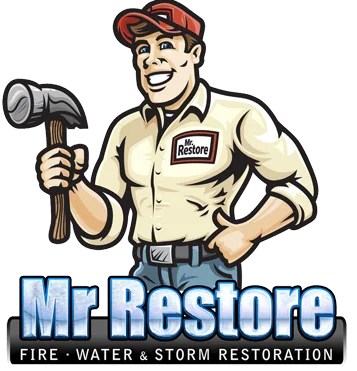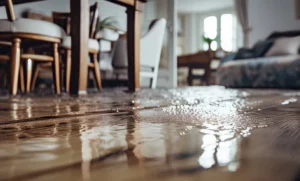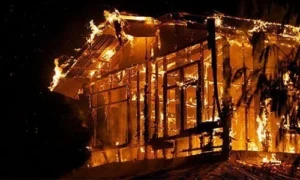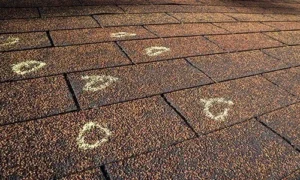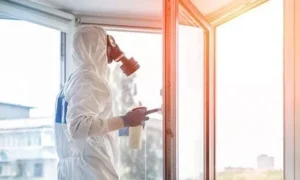Katrina, Sandy, and Wilma…are really nice names until they are assigned to deadly hurricanes. Why they were given such friendly names is a debate for another day. The pressing issue here is the havoc these powerful hurricanes cause. The damage in the aftermath is sometimes beyond repair. It always starts as a mild storm, rising to high winds and water, and then comes the awful hurricane. US states near the Atlantic Ocean have been common recipients of bad storms. Texas alone has had two hurricanes in its zone in the last two years. While these are a once-in-a-year occurrence, the state is frequented by landfall, mild storms, and heavy rain throughout the year. Extreme weather conditions always end up damaging the surroundings in their aftermath. It doesn’t matter if it was only a shower or a windy day. The condition usually worsens for states near the Atlantic. Storm damage in Dallas, TX, has been a commonly occurring problem. At times, what was predicted as mild rainfall may result in severe damage to residential roofs and heavy debris clogging the storm pipes. The tarmac on the roads begins to erode away, forming cracks and puddles. However, since Dallas, TX, is overflowing with close-knit neighborhoods and communities, people are most apprehensive about residential damage in the wake of a storm. Their biggest priority is waterproofing the roofs and walls and safeguarding the house from debris. In Dallas, where extreme weather conditions are normal, residents do take caution against obvious storm damage but may overlook relatively small-scale corrosion. The bad news is that the less serious damage on the roofs, pipes, and asphalt can lead to dangerous accidents if not resolved. Therefore, people should regularly check their houses for storm damage in Dallas, TX. You may call a contractor for help and can even ask them about immediate fixes if you notice signs of storm damage. The following are some of the lesser-known indications that your house has suffered from storm damage in Dallas, TX.
Missing Shingles
The shingles on the asphalt age over time, causing it to become hard. As a result, the granules, essentially meant to shield the shingles from weather and sun damage, begin to break away. Heavy rainfall, hail, and wind can result in bald shingles because granules speedily fall off and accumulate in huge piles. You’ll probably need a roof replacement in the worst cases.
Leaking Roof
Leaking roof is a common problem. The rainwater that collects on the roof or hail damage that causes cracks in the roof coating can both lead to roof leaks. The leaks can drip down into the house and can damage the interior, especially wood.
Debris Damage
Storms can cause tree branches, stones, and other debris to fall on your roof. Sometimes, the winds are so strong you may wake up to a fallen satellite dish and other heavy objects on your roof. Debris isn’t much of an issue but use your judgment when you need it. You may want to call someone for roofing, water, and storm damage in Dallas, TX, if it’s serious.
Drain Blockage
Although storm drains rarely clog, excessive debris sometimes blocks the drain pipe. However, your household drain pipes are not made to withstand heavy storms because they may overflow, throwing the rainwater out on the roof. It’s best to install a separate drain pipe for storms.
Spots and Dents
Storm damage can leave behind dark, shiny spots on the shingles and the roof. If the roof appears to have brown bruises, it can lead to leaks. Hail damage can also cause dents in shingles where granules are missing. The hail can also cause dents or holes in your car.
Necessary Precautions
Trying to restore your house after a tornado or cyclone has hit your area is extremely difficult. Rain can weaken the coating on your walls and roofs, while heavy winds can cause outside debris to fall into your house. In case of a hailstorm, the hail damage can cause dents in your car. You may have to deal with a terrible aftermath if you don’t have a protective shed. Natural disasters can destroy communities on a large scale, while the recovery takes even longer. Storm damage in Dallas, TX, brings with it heavy winds and flooding that can strike different areas. Luckily, repair services can immediately provide solutions for water cleanup during an emergency and quick restoration of residential and commercial property. In addition to repairing services, try following these precautions to safeguard your house and minimize storm damage in Dallas, TX.
- Do not enter a multi-story building after a storm. It’s most likely suffering from structural damage that can collapse and fall off if too many people enter it. There could be cave-ins and menacing obstacles; hence call someone for storm damage in Dallas, TX, before you can enter your home.
- If the electricity goes out during heavy rain, use a generator. It’s a good source of power after a storm. However, make sure that it’s not placed near the windows or other enclosed areas. Stay safe and keep it outside.
- Blown-out power lines can put anyone in jeopardy. The heavily electrocuted wires may have broken off and fallen on the streets. Be extremely careful of downed wires and wait for the storm to settle for at least a day or two before you leave the house.
- If the news says, there’s going to be a storm. Believe it. Don’t take your car out. It’ll be really hard to drive back through high water.
- Storms can also cause gas leaks. If you smell a leak, immediately turn off your gas meter and call your utility provider for further assistance.
Storm damage in Dallas, TX, can take months to repair. The financial impact is the heaviest. As a responsible citizen, you should take every precaution to minimize both physical and financial loss due to storm damage in Dallas, TX. For professionally trained and low-cost services to repair storm damage in Dallas, TX, contact the experts here.
